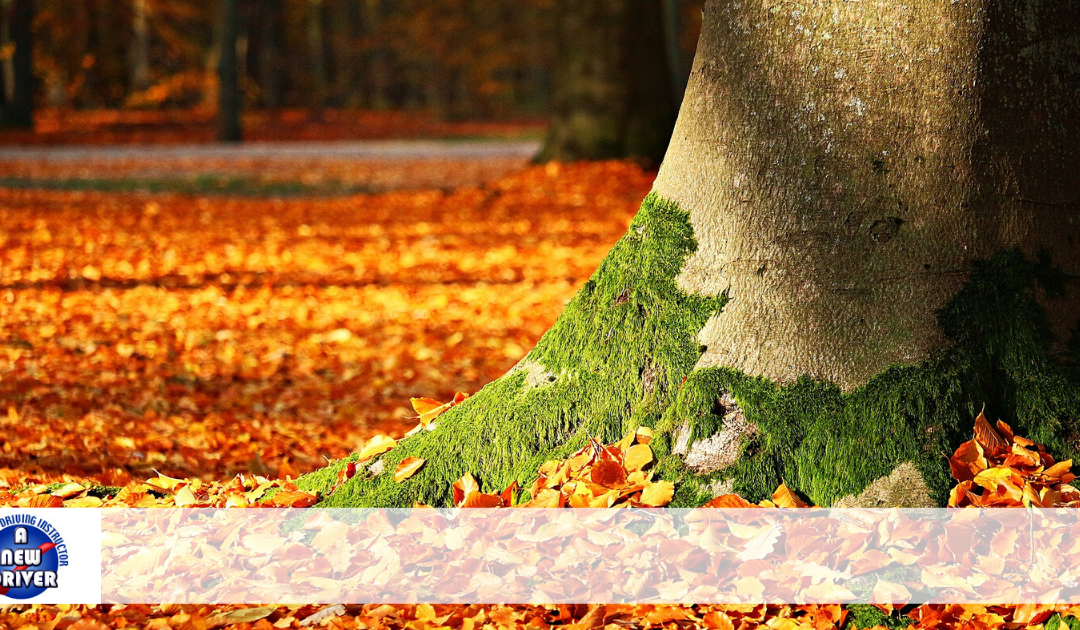Autumn is the time of the year for leaf and pumpkin picking, but it’s also a time when road and weather conditions start getting tougher.
The change in seasons means a change in driving conditions. The temperature is dropping and drivers should prepare for the weather and the autumn road hazards.
A New Driver came across these great top tips for coping with autumn road hazards:
Rush hour sun glare
Sun glare during the day can make it difficult to see pedestrians, street signs, and oncoming traffic. When the sun sets behind a car, it can make it nearly impossible to see traffic lights ahead or out of your rear-view mirror. To help reduce this hazard clean your windscreen. Smeared and dirty windscreens can make the glare of the low sun even more blinding and dangerous. Make sure you clean the inside as well as the outside of the windscreen with proper window cleaner. Wear sunglasses and use your sun-visors too.
Wet leaves
As pretty as the autumn foliage is, it can also be a hazard to road users. Oil and rubber build up from traffic during the summer months can make roads extra slick when wet. Mix in the falling leaves and you’ve got a pretty slippy situation – when leaves get wet, they have even less grip than ice. Wet leaves can often hide other hazards too, like pot holes. If you see a patch of wet leaves, reduce your speed on approach.
Low tyre pressure
The drop in temperature can cause the air pressure in your tyres to also drop. Car tyres must be properly inflated to maximise fuel efficiency, safety and traction. Head to your nearest petrol station and take a tyre pressure reading and if it is low, inflate the tyres to the manufacturer’s recommendations.
Active animals
Autumn can be a dangerous season for animals, drivers and car bonnets as all manner of our furry and feathered friends are getting busy preparing for the winter as well as, eh, just getting busy – October is the start of rutting season when horny deer (sorry) are out looking for a mate. Most animals are active between sunset and midnight, as well as the hours shortly before and after sunrise. This is also when most collisions with animals happen, so be extra vigilant around these times. When you see an animal warning sign, reduce your speed and stay alert. If there is a large animal in the road, dip your headlights – the full beam may cause the animal to freeze and if it doesn’t move, honk your horn. As always though, the most important thing motorists should do is to slow down and leave plenty of space between them and the car in front. This will help avoid most road hazards and allow plenty of time to react.
Source: The Journal.ie

